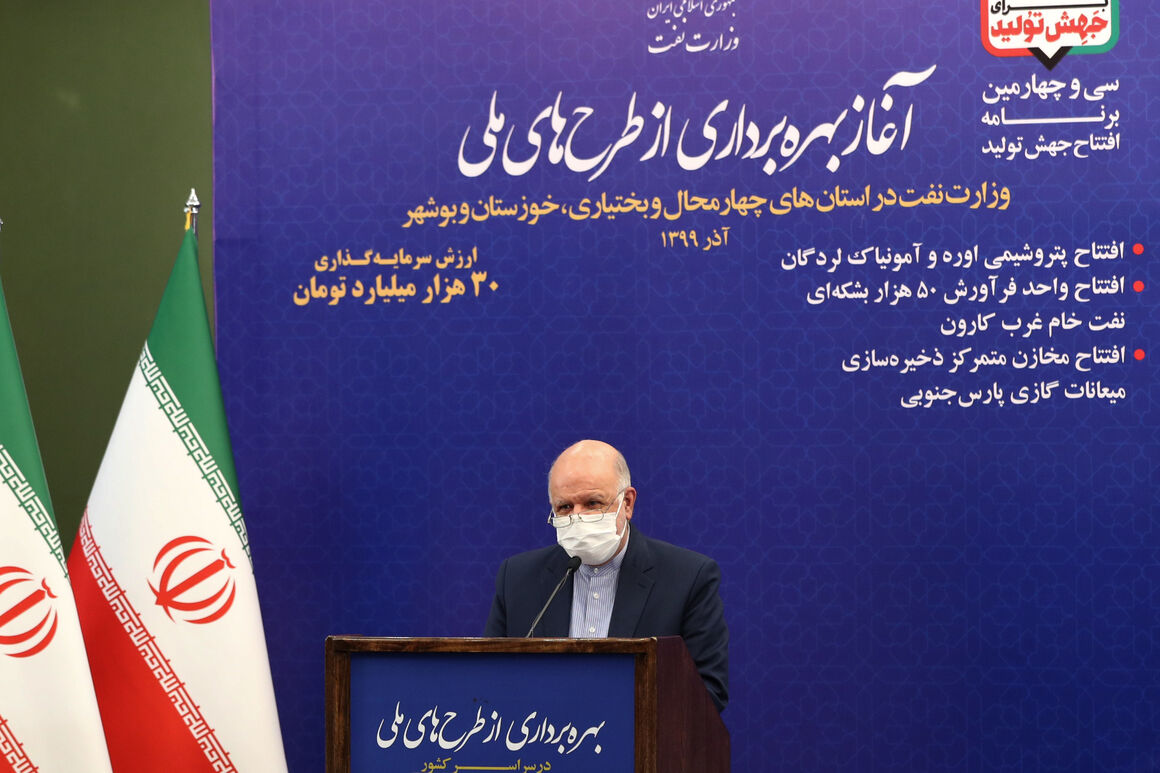Addressing a virtual ceremony to launch major oil and energy projects on Thursday, the official said that the country’s petrochemical revenues would reach 25 billion dollars per year by 2022, adding plans were further underway to bring the amount to $37b by 2026 while production capacity will stand at around 133 million tons per year.
"As we had promised earlier, 19 petrochemical projects in the second leap with a value of $11.4 billion with 25 million tons of production capacity will come on stream this year,” he said.
According to Zangeneh, since the beginning of the current calendar year which began on March 21, five petrochemical projects with an investment of $3 billion have been inaugurated by Iranian President Hassan Rouhani. Lordegan Petrochemical Project is the 6th of these projects to come online this year.
The facility has been constructed by the Persian Gulf Petrochemical Industries Company (PGPIC) with a daily production capacity of 3,000 tons of urea and ammonia and an annual production capacity of over one million tons of products.
Iran Urea Output
The Minister of Petroleum stated that the current production capacity of urea is 6.5 million tons in Iran, and said: “The urea production capacity of the country will increase by another 3 million tons annually by once Lordegan, Masjed Soleyman and Hengam projects fully come on stream. Domestic consumption of urea is 2 million tons currently, and the surplus can be exported.”
West Karoun Oil Fields Cluster
The Iranian Minister of Petroleum Iran's oil production capacity from joint fields in West Karoun oil fields cluster increased from 70,000 barrels in 2013 by almost 6 times to 400,000 barrel per day.
Zangeneh described the use of skid-mounted rapid-construction refineries as one of the works in the region with the aim of accelerating operations and reducing government ownership, and said: "This project was built in Azadegan field in the form of lease with a European company and $50 million of investment."
He said this is the first time in the history of the oil industry after the nationalization of the industry that such a processing unit is built and put into operation by the private sector and the government only pays $1.28 per barrel for the refined oil.


Your Comment